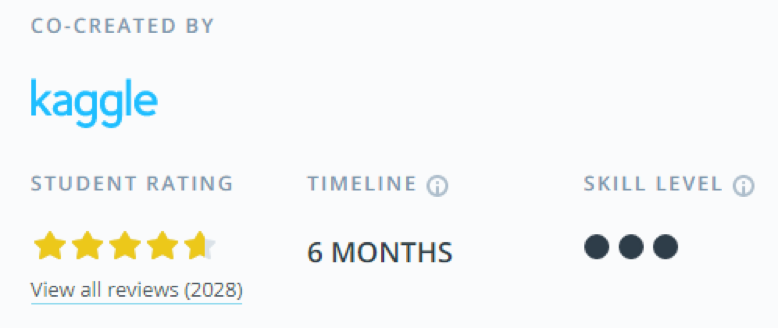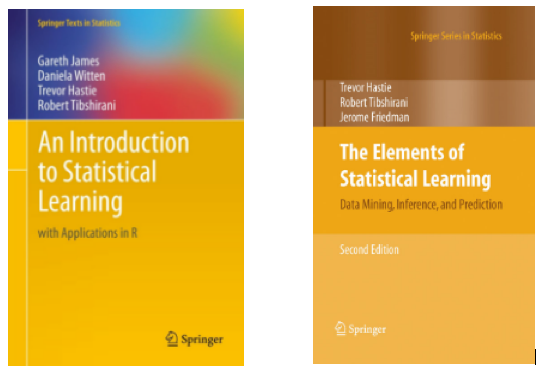Machine learning is a vehicle through which we can maximize the value of data that already exists. Follow along as Elliott documents his first Udacity Nanodegree program and explores the possibilities machine learning provides.
I finally cracked and decided to shove everything in my personal life aside for the next few months to take on Udacity’s Machine Learning Nanodegree Program. Goodbye video games and ice-cold beer! On second thought, beer, you should stay. I might require a cheerleader.
Jokes aside, I’ve had my eyes on this program for quite some time. After hearing a few strong endorsements from friends and colleagues, I seriously started to consider diving in. Thousands of others seem to like it too, as you can see below.

The Benefits of Machine Learning
The deciding factor was witnessing the overwhelming success a recent client experienced after throwing some machine learning at their customer data. This completely changed the game in terms of their customer engagement strategy. As an analytics consultant, I find myself craving mastery over the skills that made this client’s success possible. Having witnessed the extent to which machine learning can augment and inform business decisions, I’m eager to dedicate a little time each night to study machine learning techniques.
At InterWorks, one of our main goals is to do the best work for the best clients. Machine learning is a vehicle through which we can maximize the value of data that already exists. In my opinion, this is an opportunity to do work that’s high-impact and intellectually stimulating.
To some people, machine learning may sound intimidating. At this point, it may even be a buzzword you’re bored of hearing. As with anything that gets popular and frequents the business jargon airwaves, it’s easy to become disoriented by the ensuing fog of hype and unrealistic expectations.
At the end of the day, machine learning can be thought of as a process that estimates patterns or trends in your data and uses those estimations to predict future outcomes. If you look at the image below, you can imagine the line as an estimation of the dot pattern’s true form. From this example, you can see machine learning doesn’t necessarily have to be super complex.

That’s why I want to document my progress with this program and highlight the value these methods can offer to the business decision-making process. Machine learning can be as intimidating, esoteric and complex as you want. But it can also be disarmingly straightforward. It can be rocket science and astrophysics, but it can also be a simple prediction of next quarter’s revenue. That sounds like good news to me. It means these techniques are versatile and can be integrated into numerous business solutions.
What’s a Nanodegree Program?
Now, what exactly is this Nanodegree program? That’s a great question. There will most certainly be projects involved! If you want all the juicy details, no one explains it better than Udacity. To summarize, we’re getting some of the “What?” and “Why?” from their video content. Next, we will master the “How?” by getting our hands dirty and applying the techniques to various projects.

If you want me to name-drop specific topics, we’ll be jumping into models built upon logistic regression, decision trees and neural networks, to name a few. With each step we learn, we’re going to keep our eyes on the bigger picture: How can we use these methods to help achieve our objective? For me, that objective will primarily be improving business decisions.
At this point in my life, I’ve watched and listened to a lot of lectures and educational videos. I’ve learned enough about how I digest information that I know I’ll need supplemental material. I’ll be doing some side reading to complement the lectures. While there are many excellent resources out there, I’m partial to the conversational “An Introduction to Statistical Learning (ISL)” book and its slightly brainier partner-in-crime “The Elements of Statistical Learning (ESL).” These will be my go-to resources along with the all-knowing Google.

My game plan is to update my progress with a new post every few weeks. My goals are to:
- Provide a roadmap for others who are on the fence about diving into machine learning
- Highlight key takeaways and explain how they can add value to business and analytics
- Share the technology used along the way
- Prepare to apply all knowledge gained to real-world data sets
That’s it for now. Check back next week for our first update!

